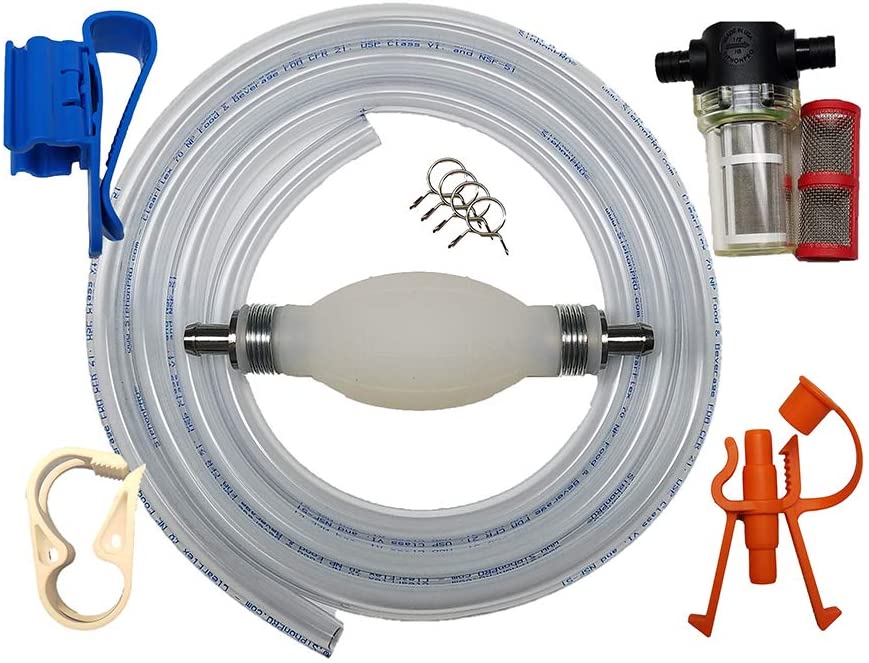
This flow, however, must not be of such volume that it adversely affects the cooling of the exhaust.ĩ. And you can easily tell when the water is running and when it stops. With this arrangement, you don't worry about the valve hanging up.

I and other people have sometimes removed the valve from the loop in the engine system (NOT the head discharge) and installed a hose from the air vent in the loop to a vent overboard where a small amount of diverted water flow can be easily seen when the engine is running. If a valve fails, the consequences could be dire. If you have a vent tube leading overboard, it's critical to see that this isn't clogged (such as by bugs), as this could have the same effect as the valve remaining closed, thus allowing a siphon flow.Ĩ. If there is any question, replace the valve.ħ. Lubricate, but only with a product recommended by the manufacturer. Clean any spring and surfaces or other components according to manufacturer instructions. For other valves: Some valves have a spring-loaded ball or flap on a hinge or other device or float designed for this purpose. A small brush may help, but often you can do it with just your fingers.Ħ. Replace the valve if it is deformed, stiff, torn, or showing any other signs of working poorly. The job will probably require removal of some bolts to unseat the valve. For a diaphragm valve: This is likely to be a flexible rubberlike membrane, which opens and closes over a stainless frame. Blowing with low-pressure air may help.ĥ. Frequently you'll need to replace it because it will be stiff from calcium and other deposits, although you may be able to carefully clean these off. For a joker valve, carefully pull it out, taking care not to tear it. When water is flowing (as by pumping the head or running the engine), the valve should be closed to prevent water from coming out of the air hole in the top of the vent.Ĥ. Each one is supposed to go to the open position when water flow ceases in order to let in air through the vent to avoid a siphon. The valve is often a rubberlike joker valve (also called duckbill valve) or a diaphragm valve.

Sometimes this is done by unscrewing bolts that hold down the top to the vent.ģ.

This is done by removing the tube coming from the vent spout (if there is one) and usually unscrewing the bronze, plastic, or PVC fitting at the top of the loop. Remove the vent at the top of the looped pipe and inspect it. If the hoses leading to the loop are too tightly spaced, you may have difficulty doing this.Ģ. This is particularly likely to occur with the caustic material coming from the head and metal nipples. It's best to remove the hose from each side of the pipe to make sure there's no corrosion or wear in the pipe nipples. This is indicated by salty deposit, green stain corrosion, and on the head hose, odor and perhaps other "stuff." If there is weeping, tighten the hose clamps.

Make sure there's no weeping where the hoses join the looped pipe. It looks like a looped pipe and is vented at the top.ġ. A clue to their whereabouts is a hose leading to it and one going from it, with perhaps a smaller tube leading overboard. They usually live behind bulkheads or are stuck away in some corner of your engine space.


 0 kommentar(er)
0 kommentar(er)
